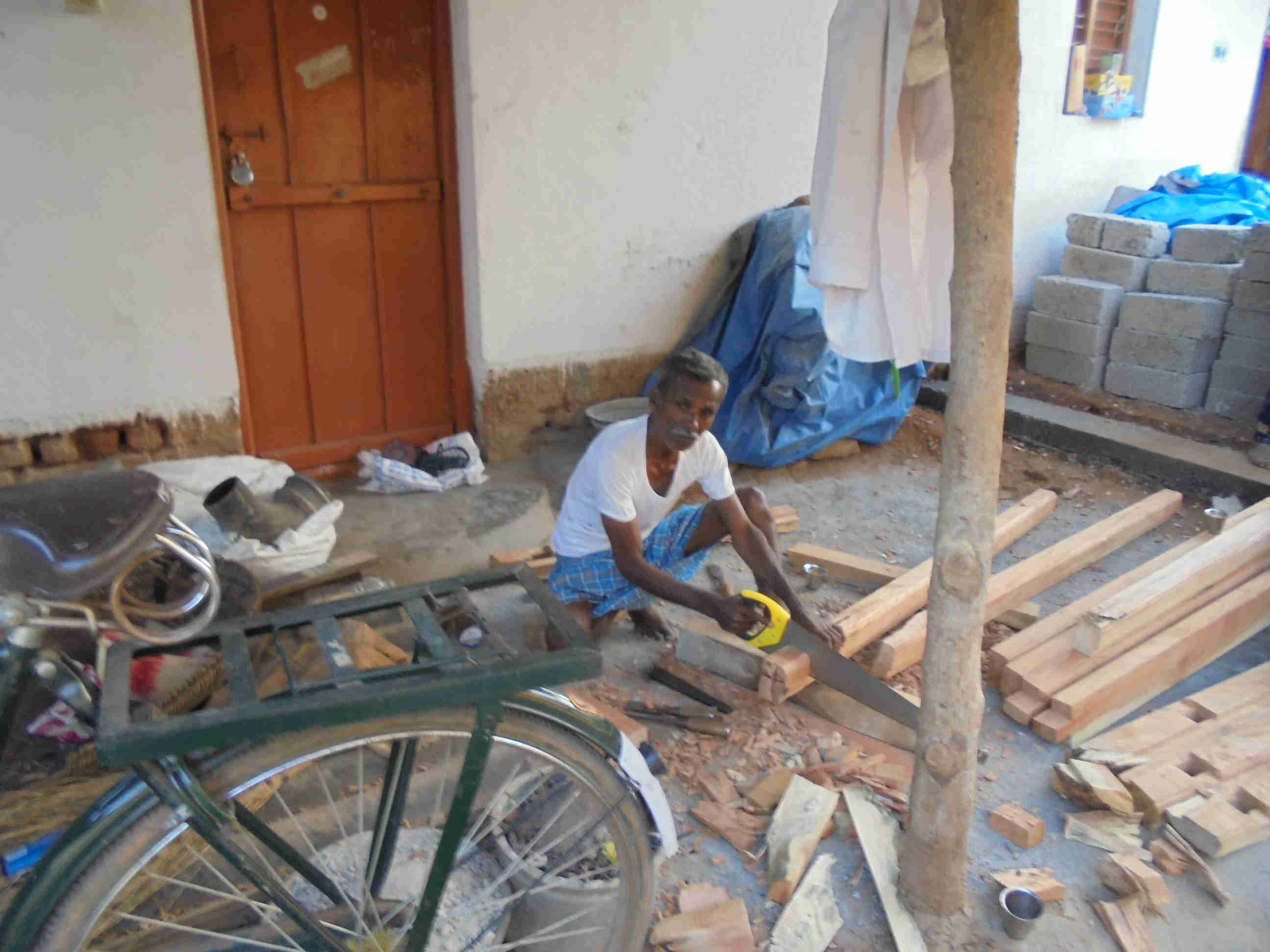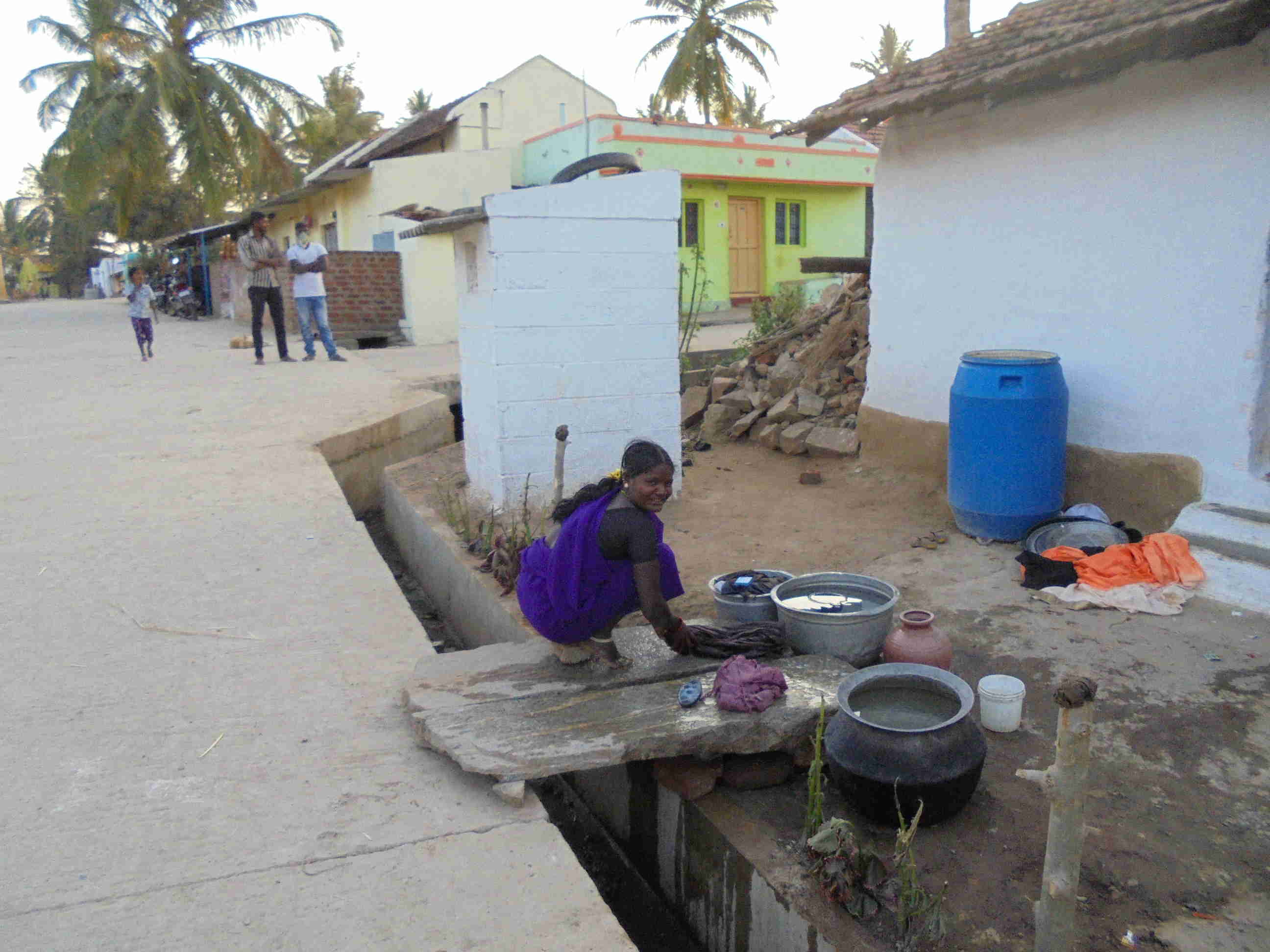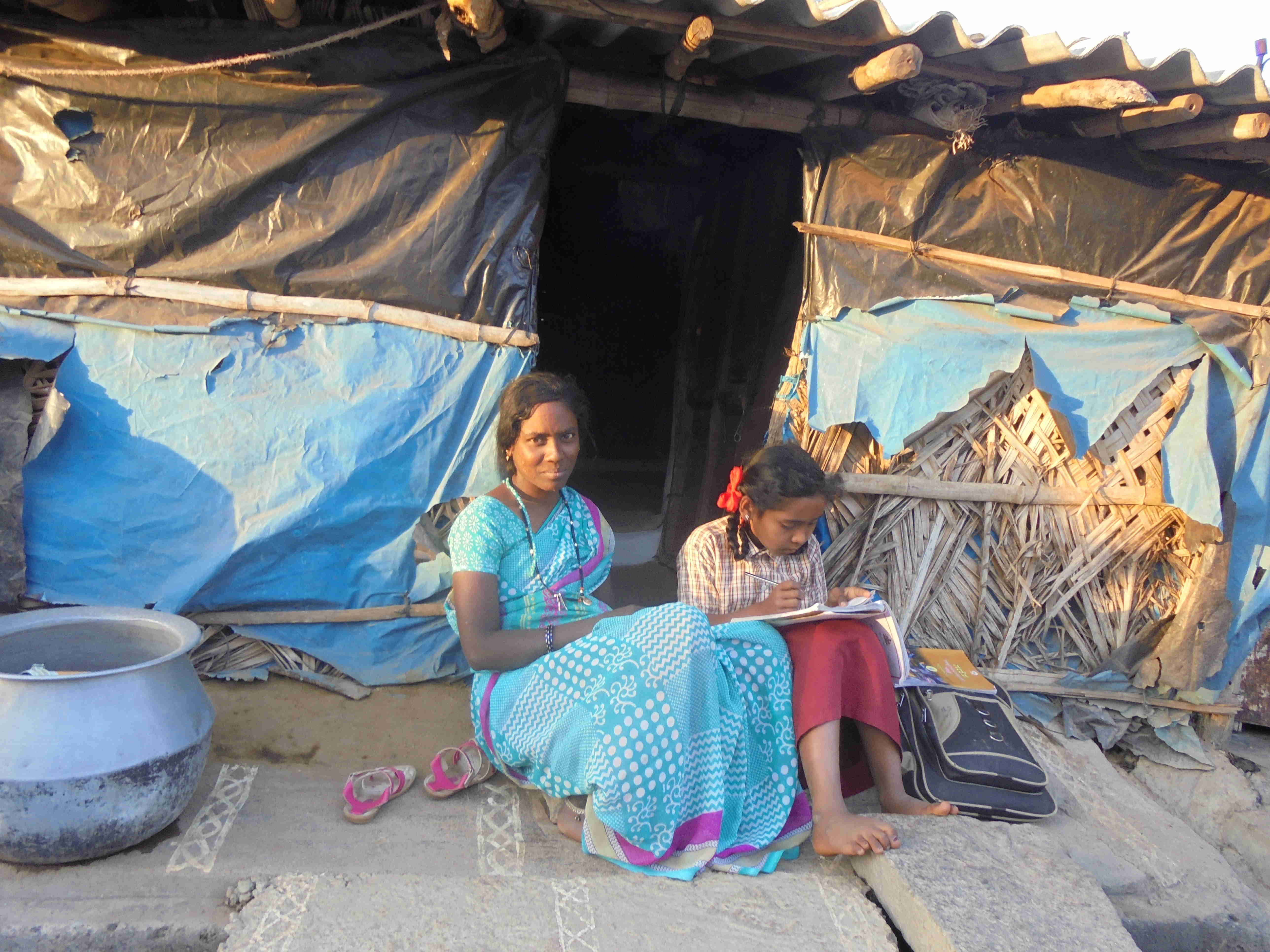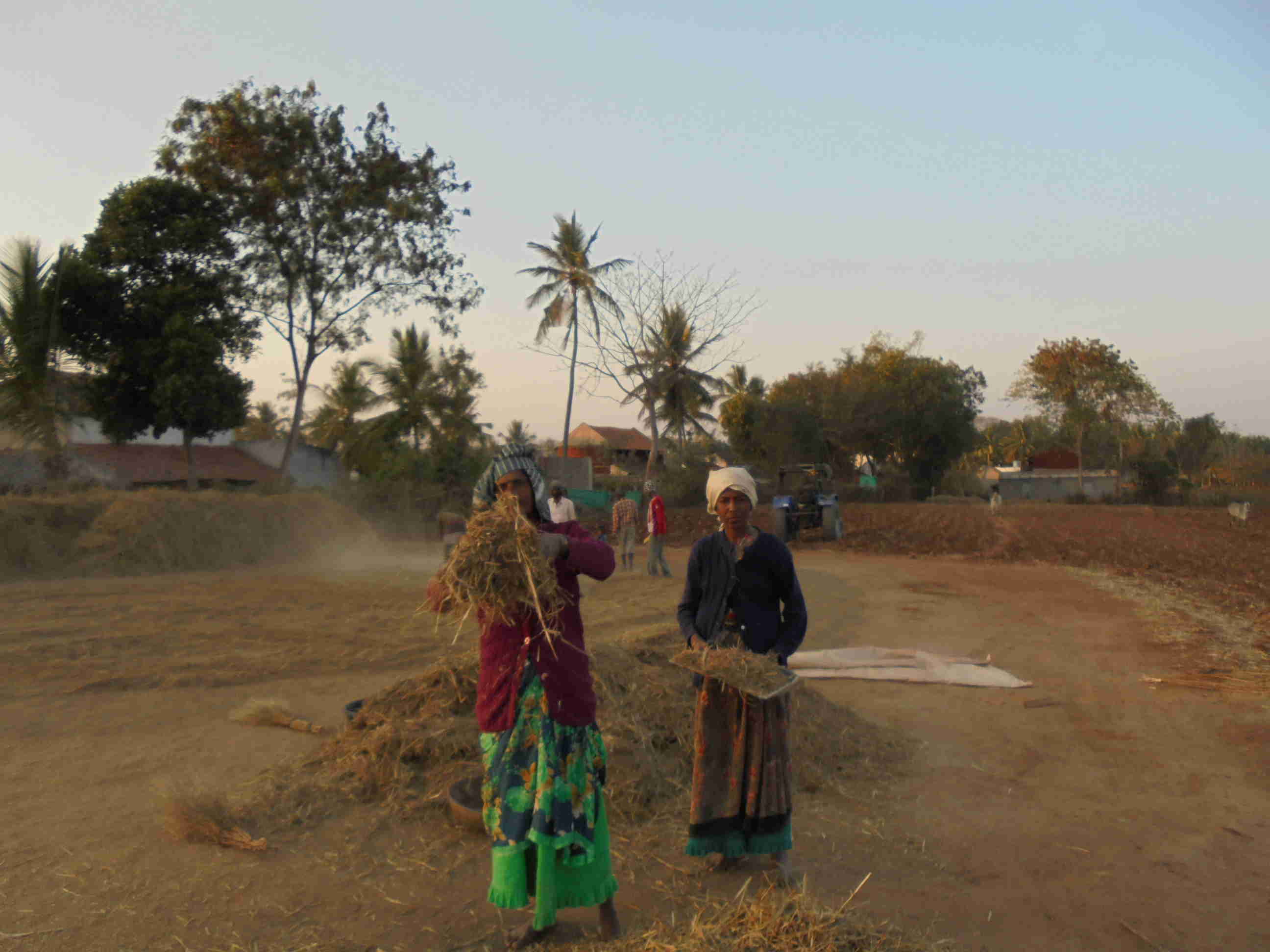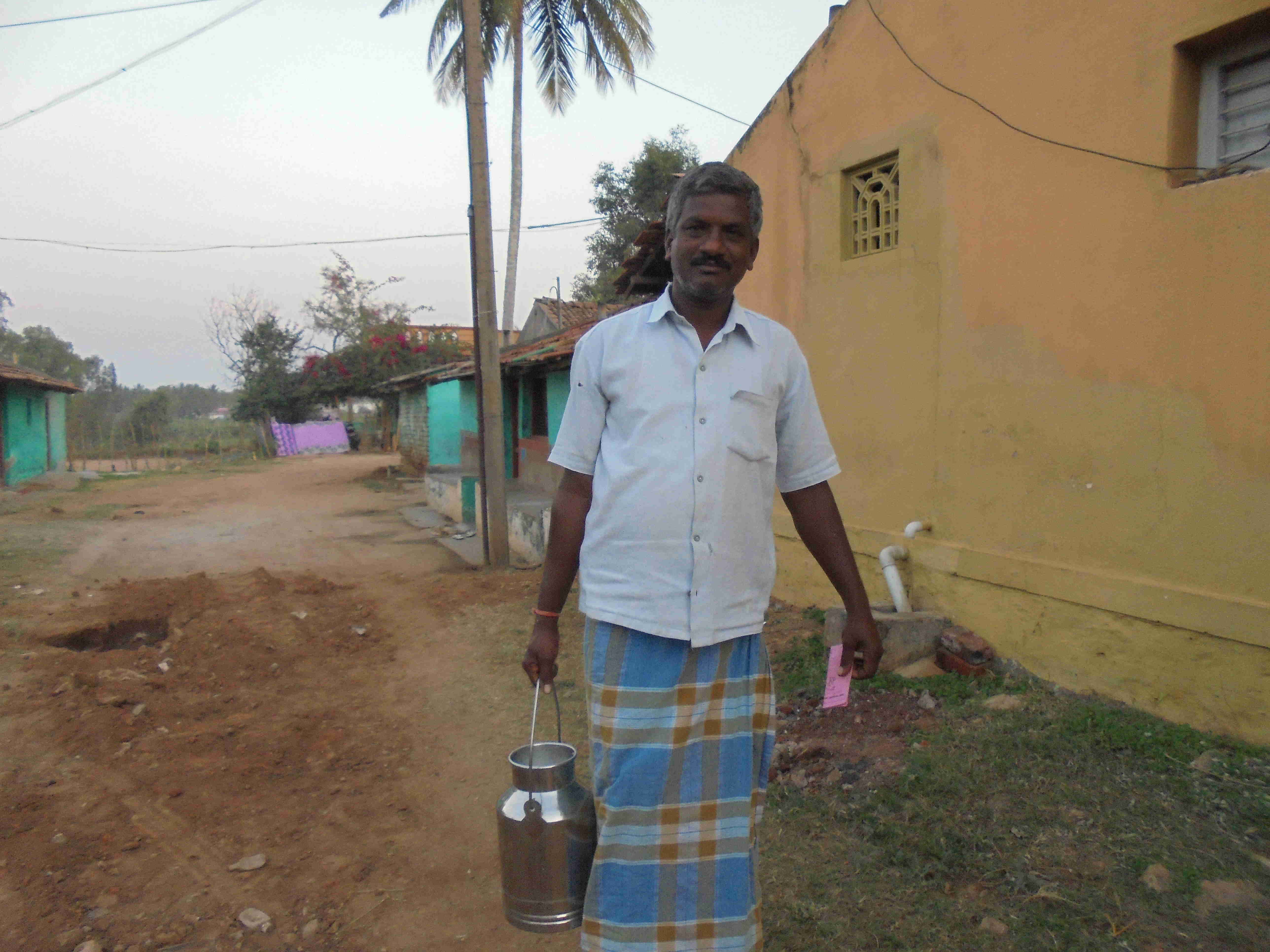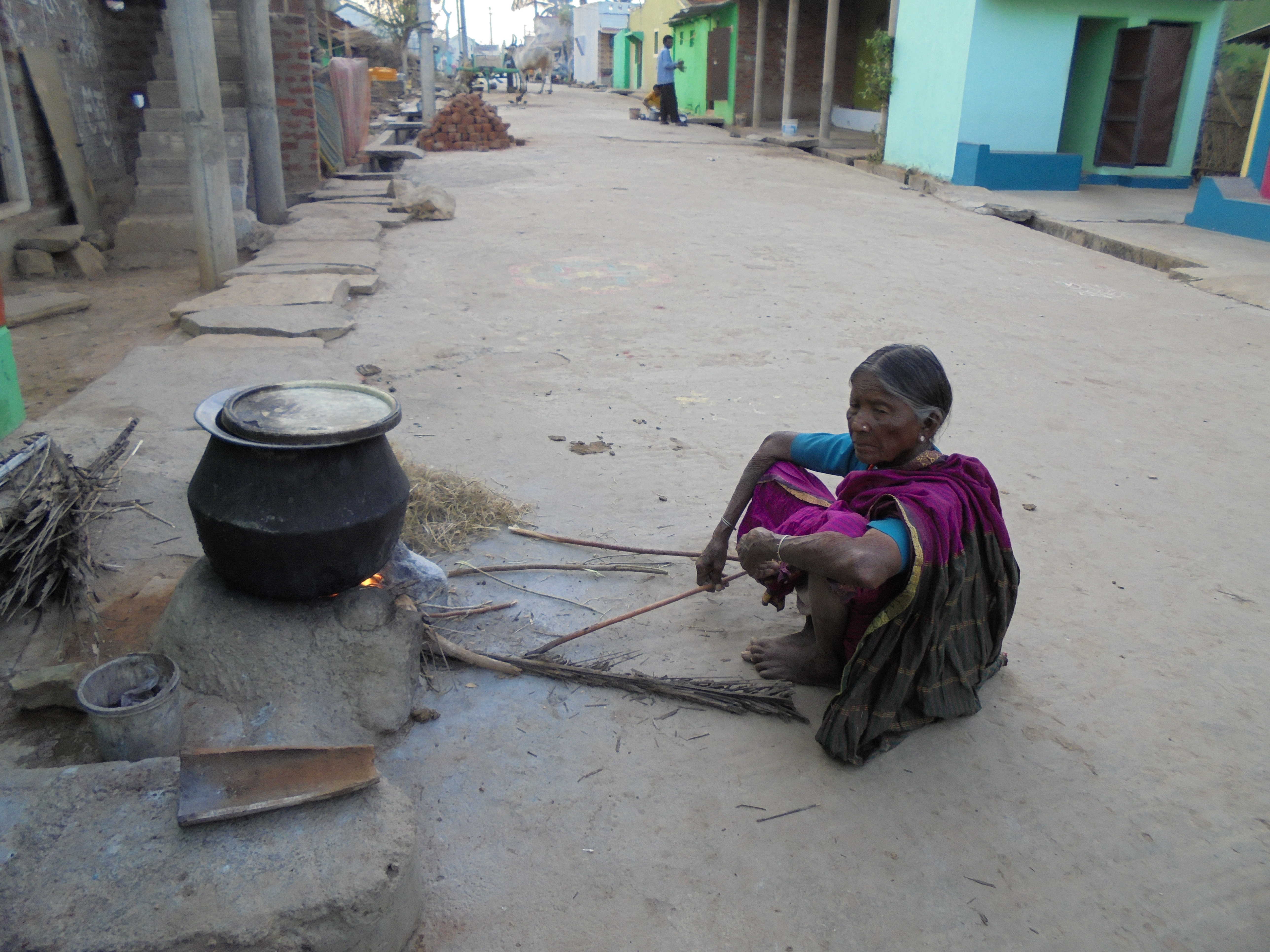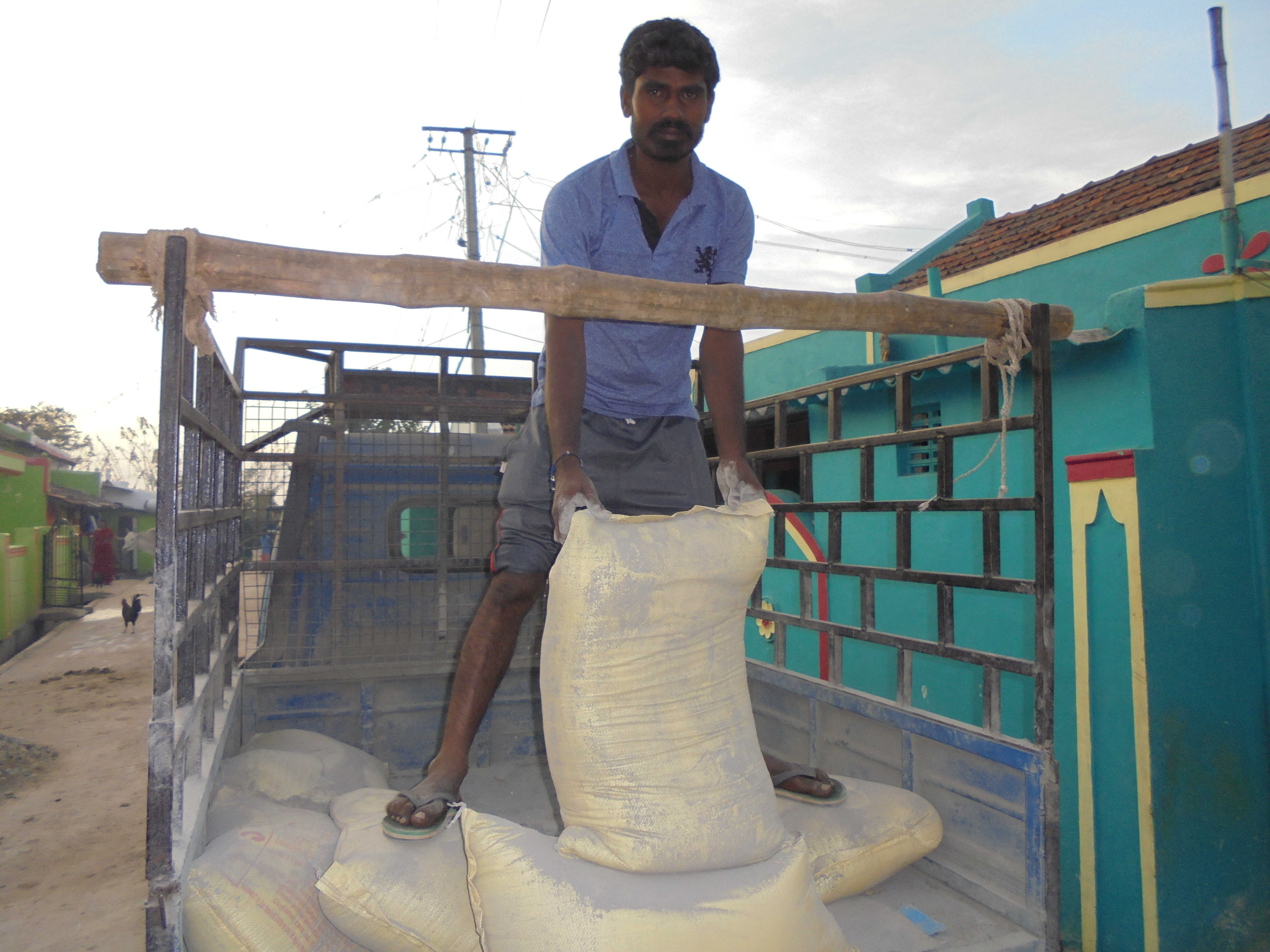One of the learnings from the first phase of the Dhwanigalu project was the effectiveness of Digital Story Telling method in equipping the adolescent girls with a critical understanding of the gendered division of labour. We observed that going around the village and capturing images of men and women at work and analysing them critically enabled the girls to understand the value of unpaid labour undertaken by women. This assignment also contributed towards their mobility as having a camera elevated their social status and gave them admission to public spaces that were previously denied to them because of their gender / caste location. Subsequently, in the second phase of the project also, the Prakriye team encouraged the participants to capture images of women and men at work in their villages. The photos captured by the girls along with their rationale for capturing those images are presented below.
Dhwanigalu Phase One – Digital Stories
Using their newly-acquired skills in photography, videography and critical analysis of gender social norms, the kishoris (adolescent girls) participating in the Dhwanigalu project created a set of digital stories. Some of these stories are in the nature of video diaries that document girls’ reflections on how the training helped them expand their sense of choice, affirmed their right to mobility and self-determination, and helped them forge peer support networks at the local level. Others highlight the new perspectives about their social world that girls acquired because of the training — looking at their village with new eyes, learning to articulate local issues in the language of citizenship and so on. Links to a few digital stories are provided below. All these digital stories were shared with the wider community at a public event that was convened in Mullur Gram Panchayat on 26th February 2017, to which elected representatives and the Deputy Director, Department of Women and Child Development were invited.
Our field trip to Mysore and the freedom to roam
The Prakriye team accompanied the 85 kishoris participating in the project, on a one day excursion to Mysore. Sheela from Mulluru village has put together a short digital story on why she treasures this experience of being allowed to go unaccompanied by parents/family elders to Mysore, and visiting different places for the sheer joy of spending time together with her peers and the akkas and annas from Prakriye.
Training diaries
Sangeetha from Mulluru village recounts her experience of the training sessions, and how they changed her views of the world around her.
Komala from Attiguppe village shares her experience of learning to handle the digital camera, tablet PC and computer, and how this opened up new information, learning and knowledge processes for her.
What my village needs
Chaya and Nirmala of Attiguppe village went on a journey to inspect the state of civic amenities. They found a number of issues — inadequate street lighting, poorly maintained roads and lack of sewage infrastructure. This motivated them to create a video story to highlight the needs of the village, which they plan to present at the upcoming General Body Meeting of the Gram Panchayat.
What other farmers can learn from the women farmers in my village
Ambika from Attiguppe found out that her village has a better farm yield compared to the neighboring ones in the region. She also noticed that her village has many women farmers following innovative farm practices, which she decided to document — so that their insights could be shared with other communities.
My village, my community
See the village of Attiguppe through the eyes of Kishori Meghna:
